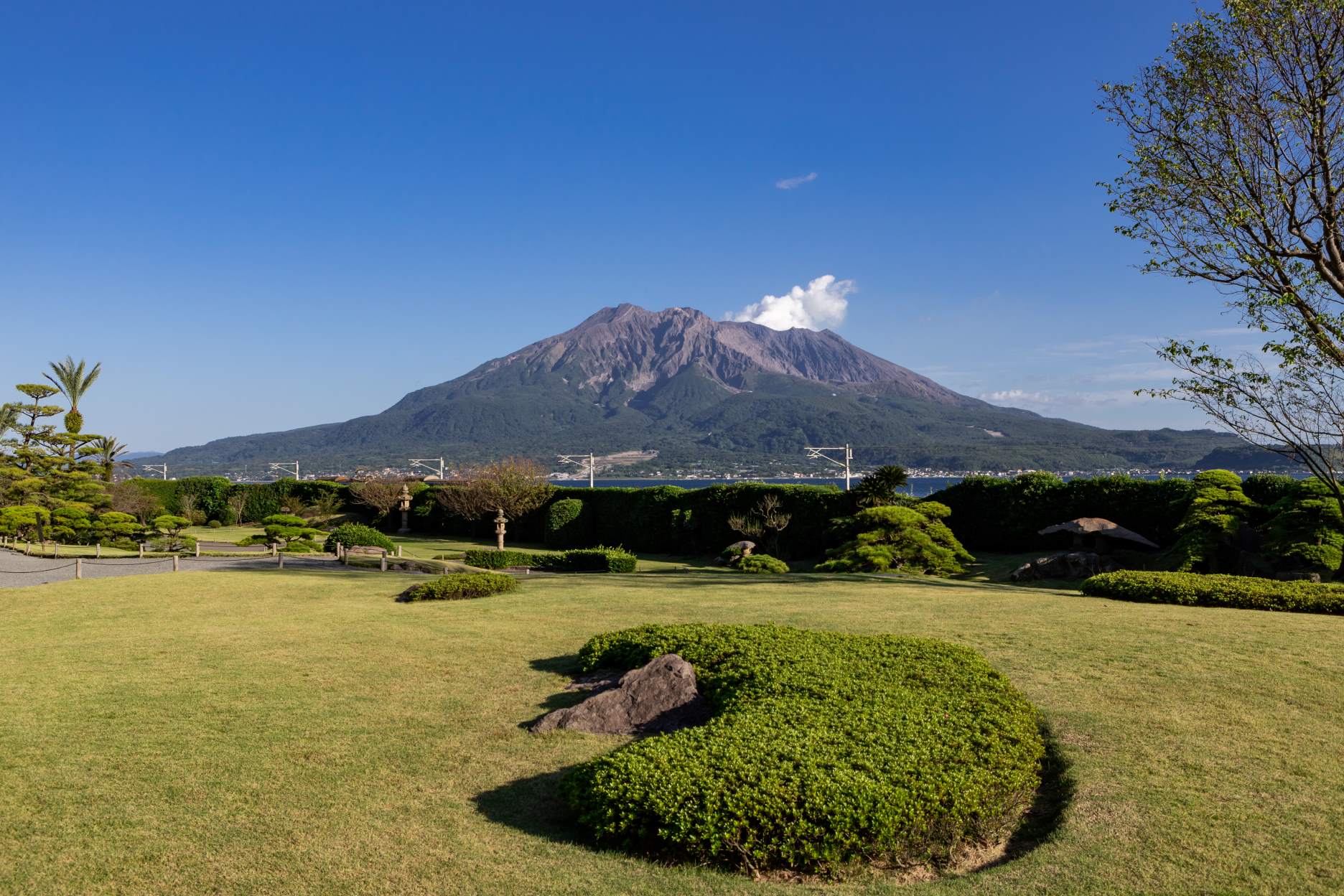
Actually, it's the second largest tea produced in Japan! The reason why Kagoshima tea is one of the largest tea produced in Japan
Introduction
When it comes to tea production, many people may think of Shizuoka Prefecture, but in fact Kagoshima Prefecture is also one of the leading tea producing areas in the country.
In terms of tea production among prefectures, it ranks second after Shizuoka Prefecture, accounting for more than 30% of the nation's total.

Why Kagoshima tea is one of the top tea producers in Japan
Kagoshima Prefecture is well suited to tea production due to a combination of three factors: its geographical location, historical background, and diversity of tea varieties.

1. Favorable geographical location
First of all, the geographical conditions include a warm climate, abundant sunlight, and fertile soil derived from volcanic ash.
In particular, the soil that has been covered with volcanic ash from Sakurajima is well-drained and rich in minerals, making it ideal for growing tea plants.
These natural conditions create an environment conducive to the stable production of high-quality tea leaves.

2. Early realization of mechanization
Next, in terms of historical background, although Kagoshima Prefecture has a relatively short history of tea cultivation, it has significantly increased production in a short period of time by actively introducing mechanization and developing large-scale tea plantations.
The fact that there is a lot of flat land also worked to the advantage of promoting mechanization.
The flat land makes it easier for riding pickers to access the tea fields, which has increased the yield per unit area.

3. Diverse varieties and long harvest season
Another feature of Kagoshima tea is its diversity of varieties.
Kagoshima Prefecture takes advantage of its warm climate to cultivate many different varieties of tea.
The most widely grown variety in Japan is Yabukita, and in most production areas, including Shizuoka, Yabukita is the mainstream variety. However, in Kagoshima Prefecture, a variety of other varieties are cultivated, including Yutakamidori, Saemidori, Asatsuyu, Okumidori, and Kanayamidori, which means that you can enjoy a variety of tea flavors throughout the year.
Additionally, Kagoshima tea has a unique harvest season.
The 88th day mentioned in the tea-picking song is the 88th day after the beginning of spring, which is early May, but in warm Kagoshima, harvesting begins in April and production continues into autumn and winter.

summary
In this way, the combination of three elements - natural conditions, history, and variety diversity - has enabled Kagoshima Prefecture to grow into one of the leading tea producing regions in Japan.
Kagoshima Prefecture has many tea-producing areas, including Chiran tea, Shibushi, and Kirishima, and each region produces tea with its own unique characteristics.
Be sure to try Kagoshima tea, which is of high quality and just as good as Shizuoka tea.




